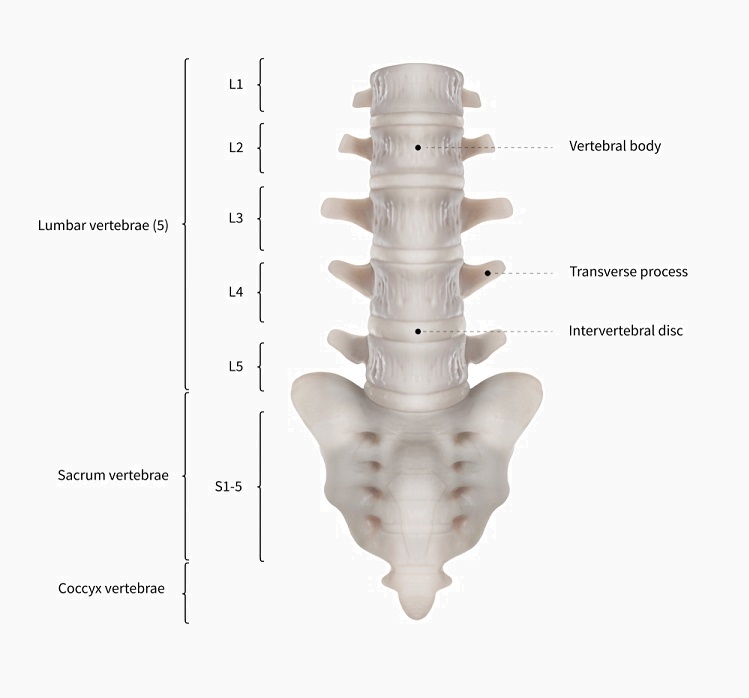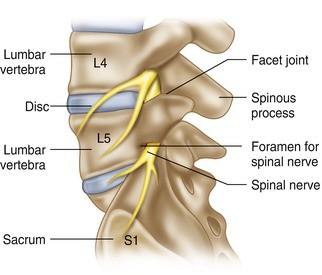

The two conditions commonly co-exist and can be broadly referred to as lumbar spinal stenosis. In summary, lumbar canal and foraminal stenosis are both caused by the same underlying processes, and can present in a similar fashion. When the intervertebral foraminae are narrowed, the nerve roots may be compressed- this is known as lumbar foraminal stenosis. The nerves then travel to the legs, bladder and bowels where they control sensation and movement. The spinal nerves (‘nerve roots’) leave the lumbar spinal canal by passing through the intervertebral foraminae. Narrowing of the calibre of these specific compartments may give rise to ‘lateral recess stenosis’ or ‘subarticular stenosis’. The lumbar spinal canal may be subdivided into other compartments, notably the lateral recess and subarticular compartments. When the spinal canal is narrowed, the spinal cord and nerve roots may be compressed- this is known as lumbar canal stenosis.

This canal sits directly behind the bony blocks, or veterbrae (‘vertebral bodies’) which form the spine (vertebrae) and contains the spinal cord (which usually ends in the upper lumbar spine) and nerve roots. The spinal canal is a long tunnel running down the centre of the spine. Lumbar spinal stenosis may affect one or more anatomical compartments, including the spinal canal (lumbar canal stenosis) and intervertebral foramen (lumbar foraminal stenosis). The spinal nerves (or nerve roots) typically become compressed, leading to pain in the lower back and legs. Lumbar spinal stenosis occurs when the bony tunnels in the spine that transmit the spinal cord and nerve roots become narrowed. This may be due to age, injury, or degeneration. Lumbar spinal stenosis is a broad term referring to the symptoms which may result from the narrowing of the spinal canal in the lower back.


 0 kommentar(er)
0 kommentar(er)
